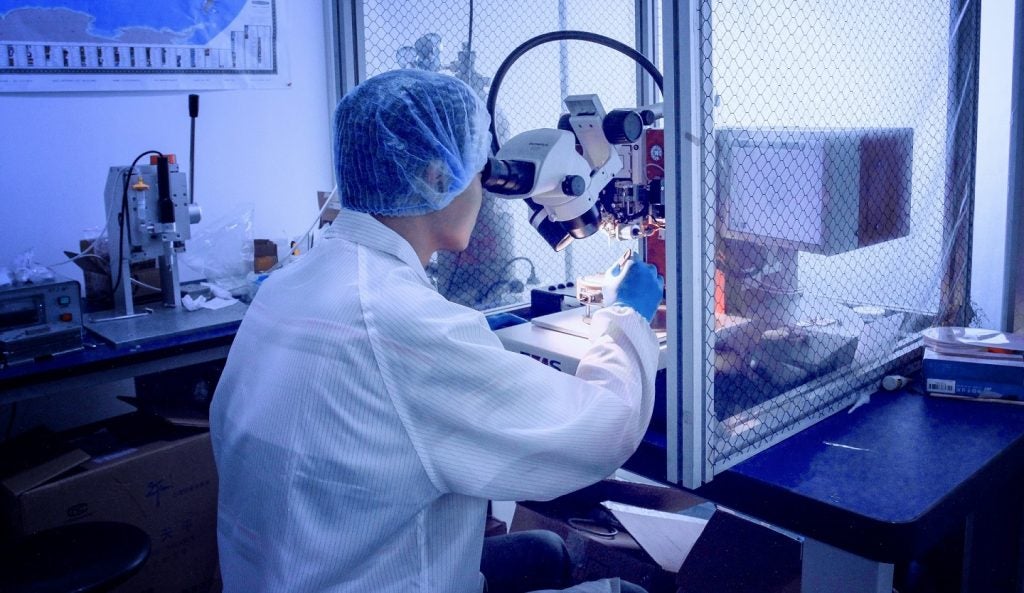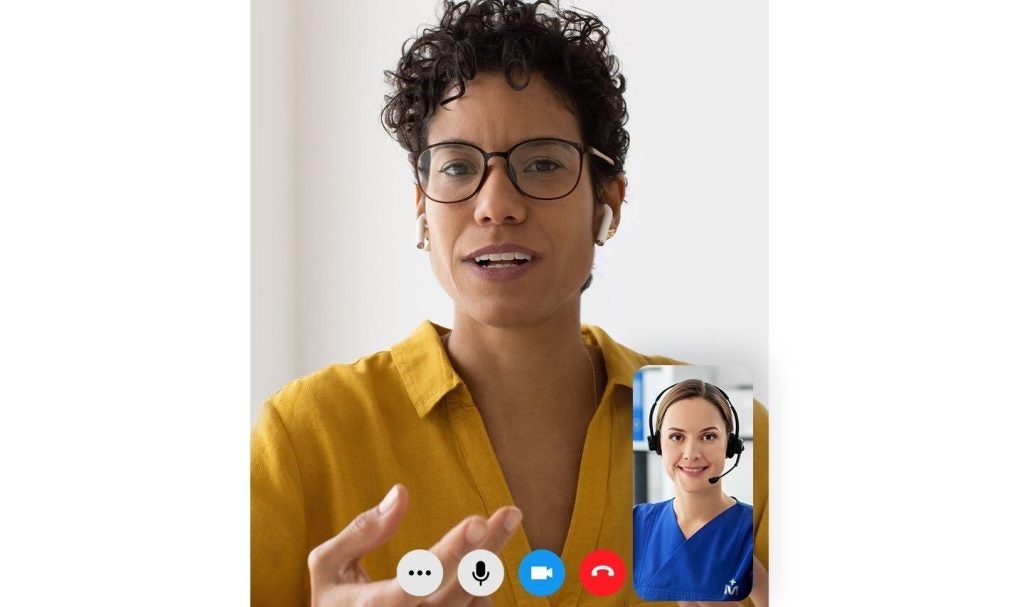US-based health technology company PicnicHealth has introduced PicnicAI, a platform designed to enhance the Universal Patient Record system through the use of artificial intelligence (AI).
The technology aggregates medical records across the US, converting them into actionable insights for patients and researchers.
PicnicAI runs on a large language model (LLM) that is claimed to surpass the performance of GPT-4 and other healthcare-specific models in precision, efficiency and cost-effectiveness for tasks involving medical record organisation and comprehension.
PicnicAI will serve as the foundation for PicnicHealth's patient and life sciences products, with the company's patient application using the technology to deliver streamlined care tailored to individual needs and medical histories.
For the life sciences sector, PicnicAI aims to streamline observational research and help teams meet study endpoints more quickly, allowing advanced technology and AI to be integrated responsibly into life science organisations.
The platform has connectivity to all US care sites, addressing the longstanding issue of fragmented or inaccessible patient data.
Once patients have been registered on the system, PicnicAI grants immediate access to most records, with more than 95% of key records being made available within five days.
PicnicAI's LLM is trained on more than 350 million annotations across more than 100,000 care sites and builds, abstracting a patient's entire medical history into actionable insights.
PicnicHealth chief technology officer and co-founder Troy Astorino said: “Personalised medicine requires technology like PicnicAI ‒ it has taken us a decade to build, but the results feel magical.
“We can now instantly construct and understand any patient’s complete care journey, pulling records together from every hospital and doctor’s office where that patient has been seen.
“This allows us to provide clinical insights to patients and our research partners with speed, efficiency, and scale not possible anywhere else. It’s how patient records should work.”














